1. Anti-Tangle Design of a Wooden Curling Comb
Unique Teeth Arrangement: Unlike the densely packed and rigid teeth of a regular comb, anti-tangle combs typically feature a specially arranged teeth arrangement. These teeth can be of varying lengths or segmented, allowing hair to glide naturally along the teeth during combing, rather than getting stuck at the base.
Flexible Material: While the main body is made of wood, the teeth are often combined with flexible nylon, resin, or elastic plastic. These materials offer a certain degree of flexibility, allowing the teeth to bend slightly or distribute pressure when encountering tangles, rather than pulling directly on the hair, thus reducing breakage and pain.
Ball-Shaped or Rounded Tip: The teeth are typically designed with a rounded tip to reduce scalp irritation, prevent scratching, and allow the comb to glide through tangles more smoothly.
2. Advantages of Wood
Reducing Static Electricity: Wood itself is static-free, in stark contrast to plastic combs. When combing hair, wooden combs don't generate static electricity, preventing frizz, tangles, or tangles caused by static electricity, keeping hair smooth and manageable.
Protecting Hair: The wooden comb body and teeth distribute heat more evenly during styling, preventing overheating and damaging hair. Furthermore, wood is inherently gentle and won't scratch the hair cuticles like metal or inferior plastic can.
Natural Massage: A wooden comb gently massages the scalp while combing, promoting blood circulation, which is beneficial for healthy hair growth.
Suitable Customers and Uses
Anti-Tangle Wooden Curling Brushes are particularly suitable for:
Fine or tangle-prone hair: This type of hair is prone to tangling, and the anti-tangle design effectively reduces pulling.
Those who frequently style their hair: Whether blowing, curling, or creating loose ends, this comb protects hair and reduces heat damage during styling.
For those looking to improve hair quality and reduce static: If you're often bothered by static in the fall and winter, or if you're looking to reduce frizz by combing, a wooden curling comb is a great choice.
3. Tips for Using a Tangle-Free Wooden Curling Comb
Start from the ends: Don't comb directly from the roots to the ends. The correct approach is to first section your hair, then start at the ends and comb upwards in small sections. Once the ends are free of tangles, gradually move upwards until you can comb smoothly from the roots to the ends.
Use the brushes wisely for wet and dry hair: Most curling combs are best used on wet or dry hair. When hair is wet, the cuticles are open and more fragile, so pulling hard can easily cause breakage. If you absolutely must use the brush on wet hair, be gentle and use a leave-in conditioner or hair oil.
Use a hair dryer: When styling your hair with a wooden curling comb, synchronize the hair dryer and comb movements. Point the nozzle downward, in the direction of hair growth. This helps close the cuticles, leaving hair softer and shinier.
Heavily tangled hair: If your hair is severely tangled, avoid using a comb to pull it out. First, detangle any large knots by hand, or use a detangling spray before combing.
Damaged comb teeth: If the teeth are broken or worn, especially those with a ball or rounded end, replace the comb immediately. Damaged teeth can become sharp and can damage your scalp and hair.


 En
En
 English
English Français
Français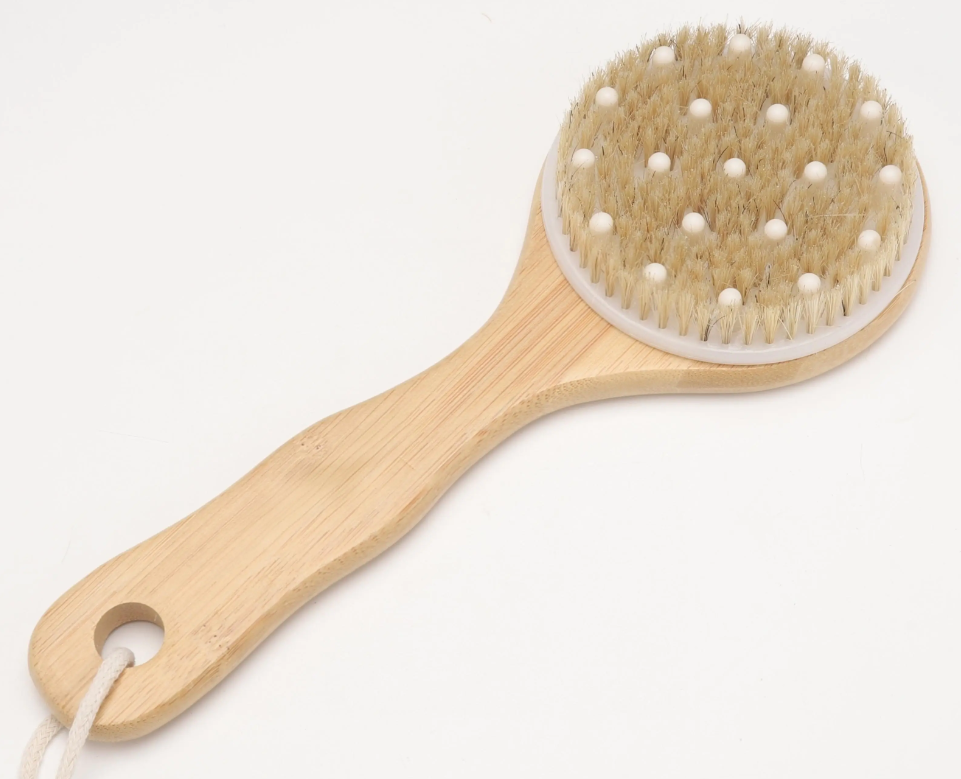

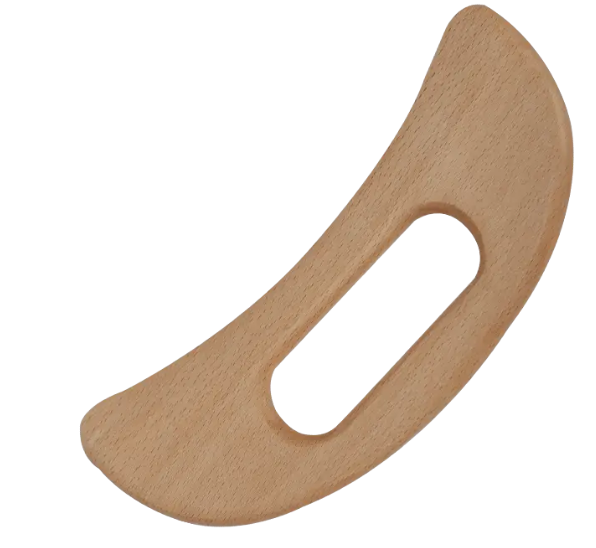
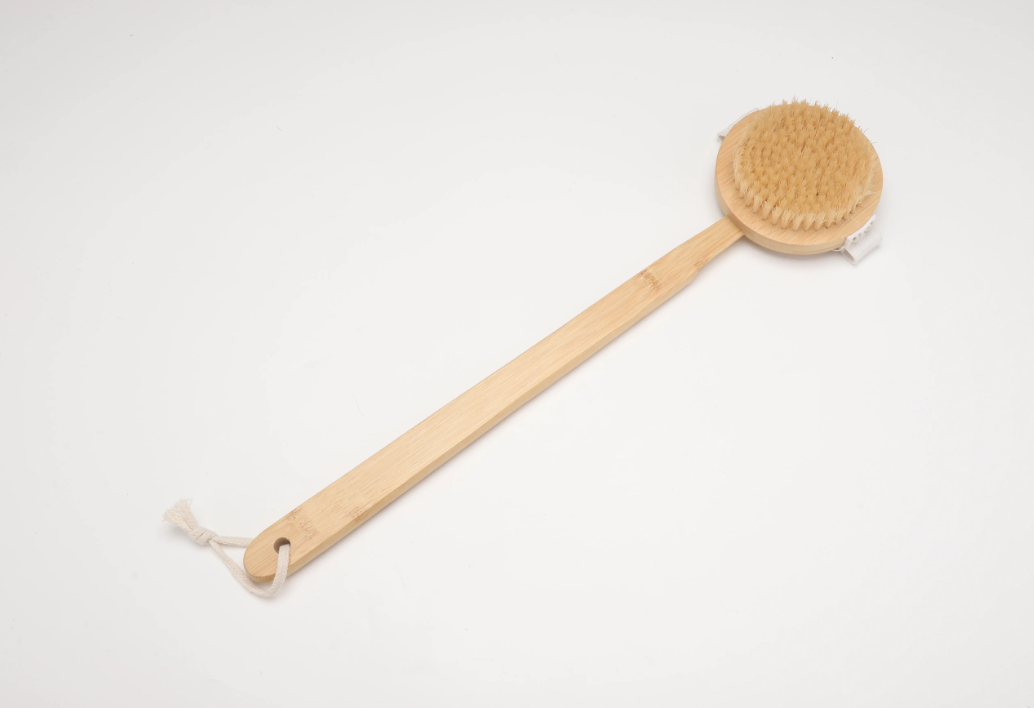
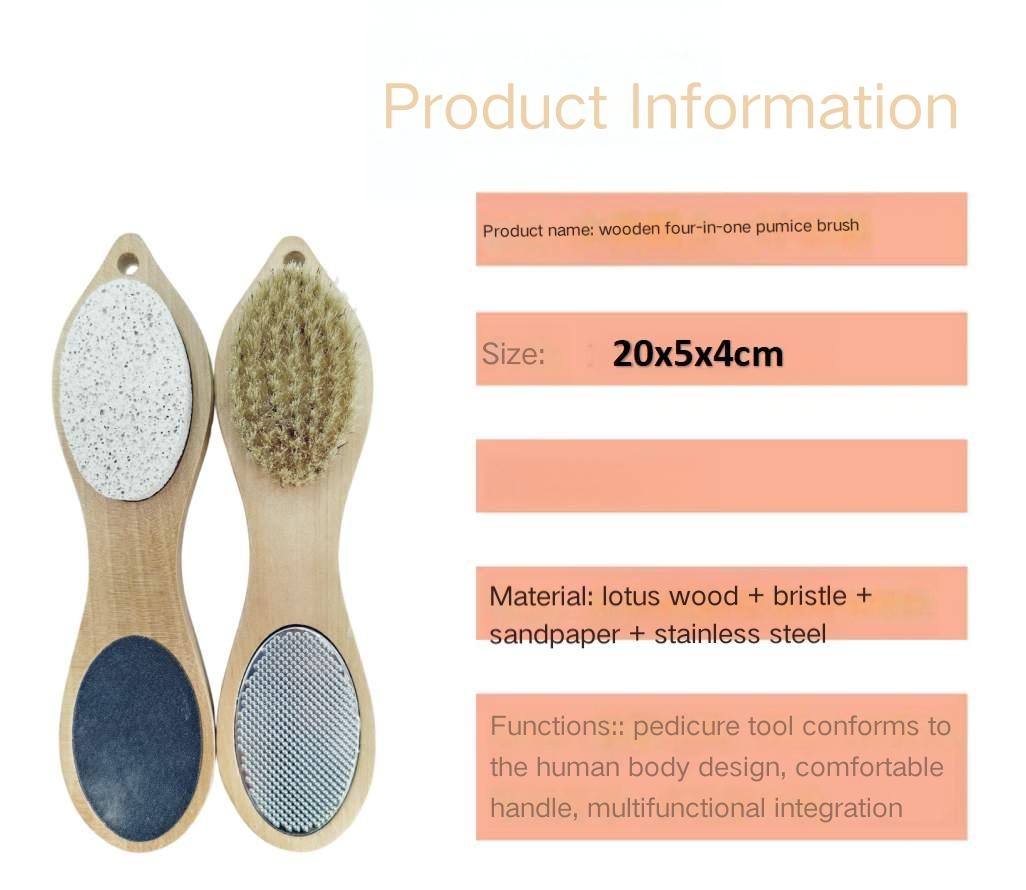
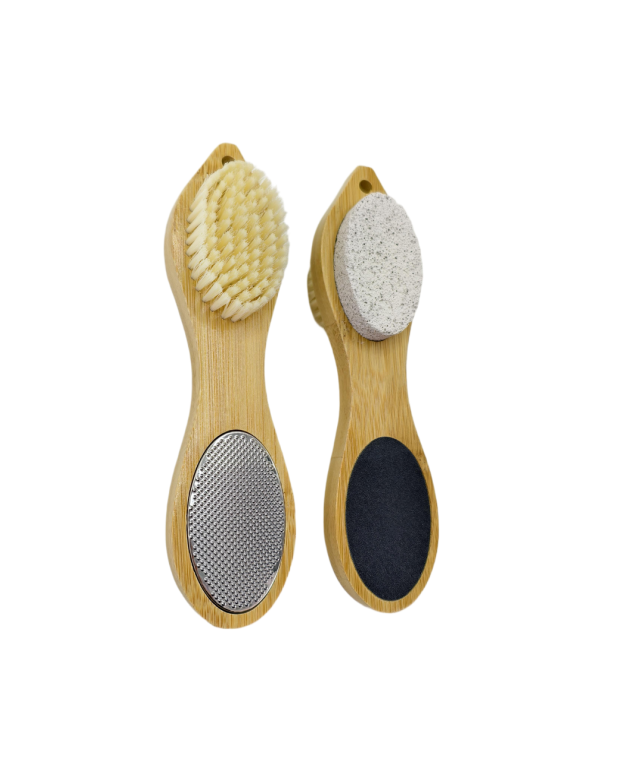
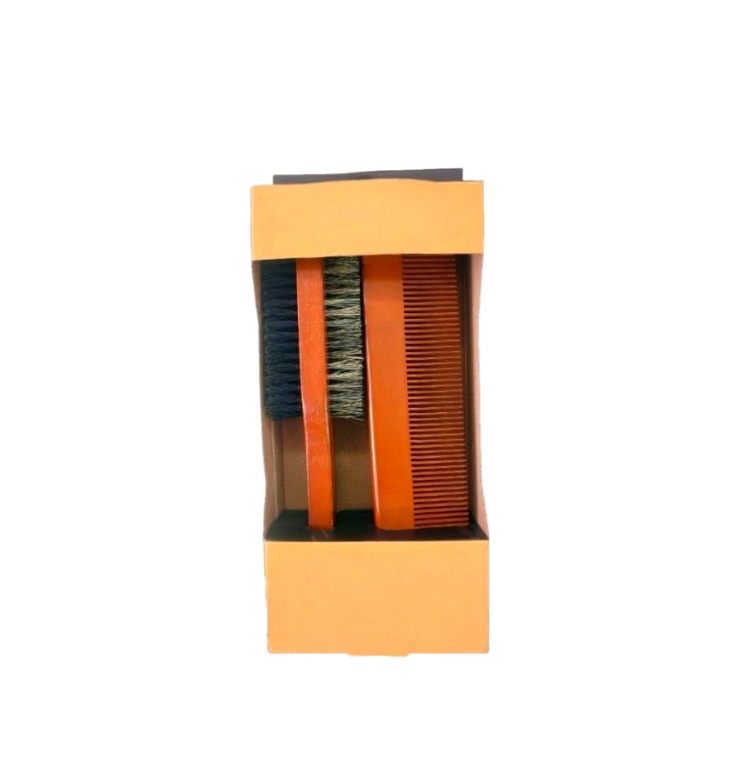
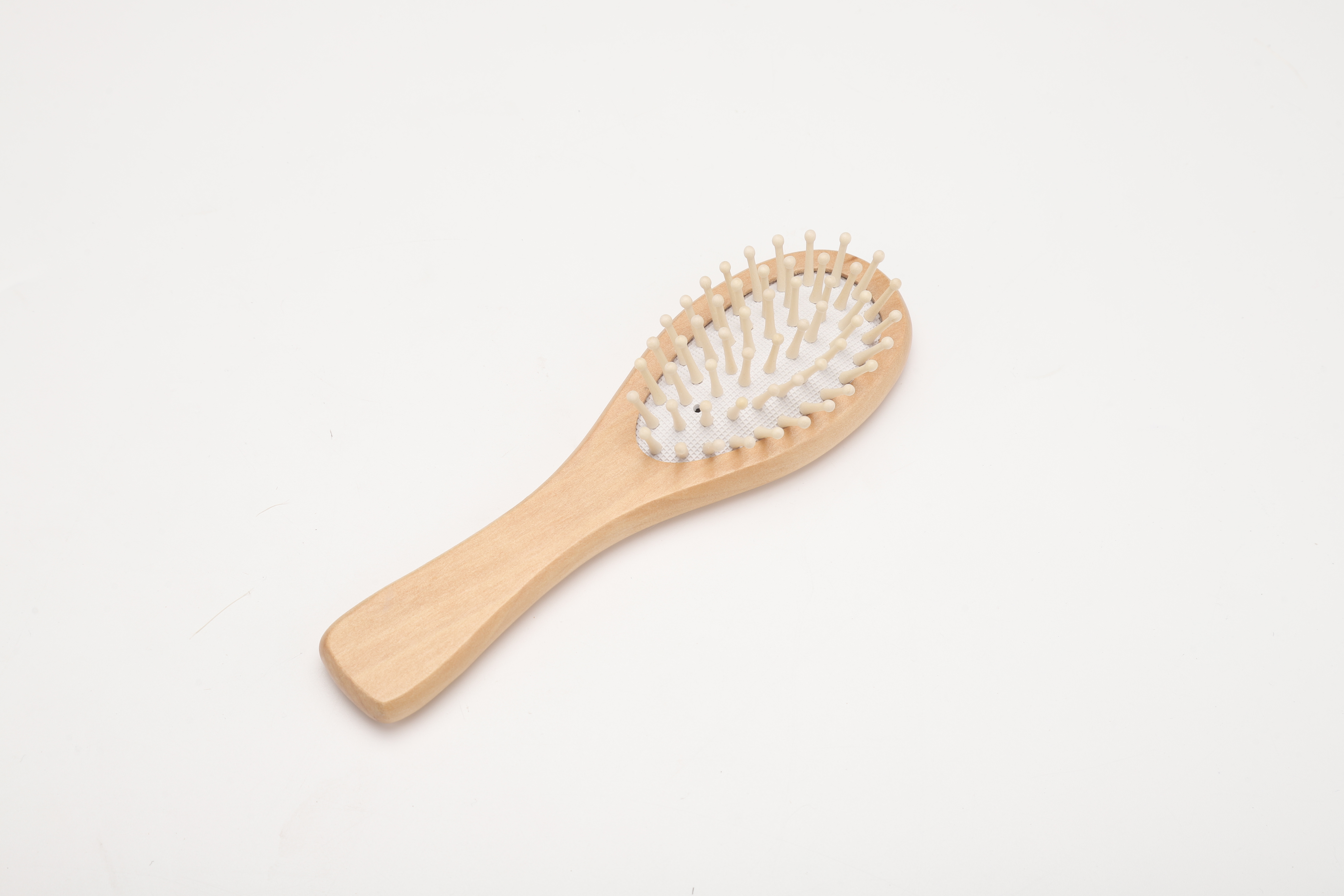
.png)
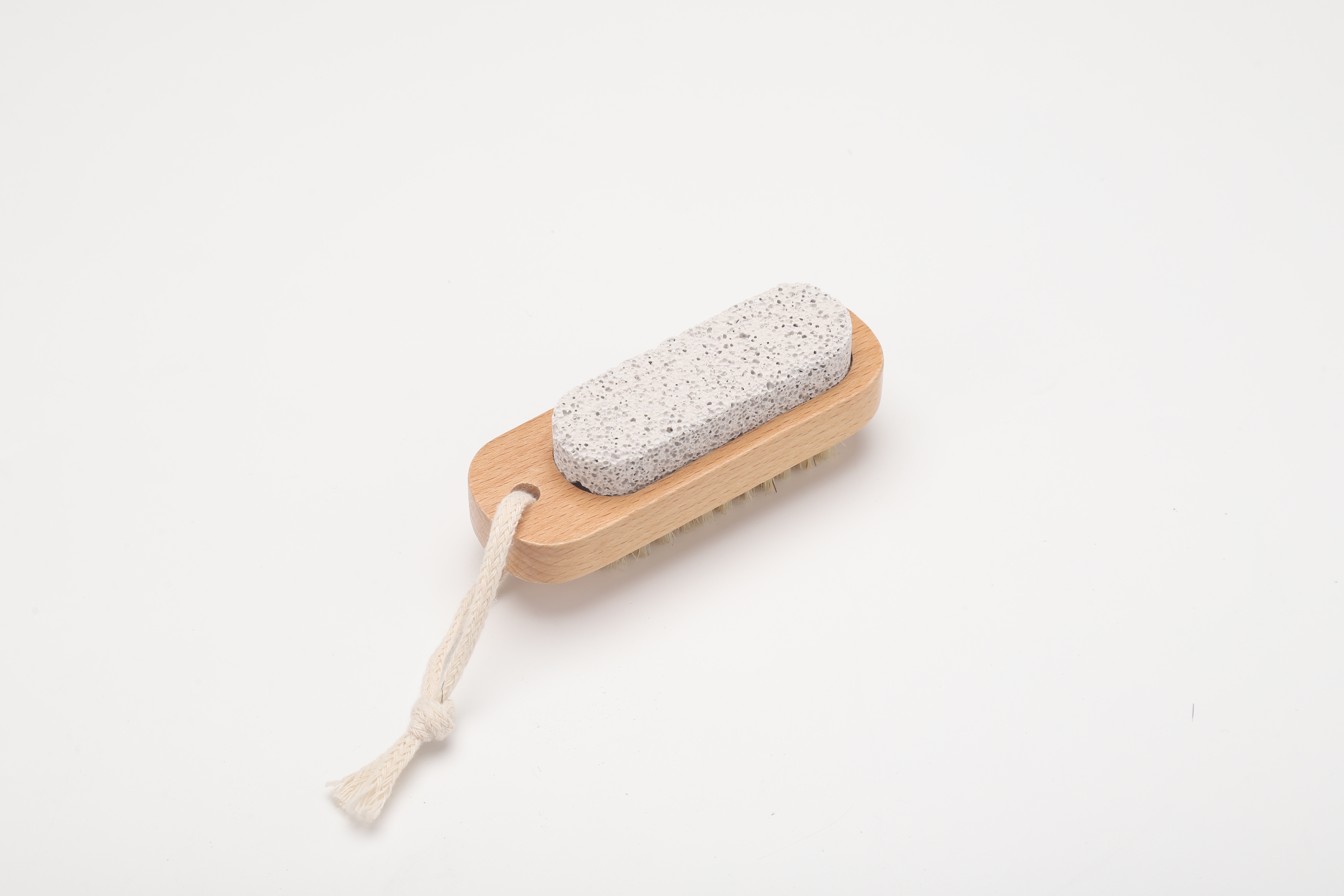

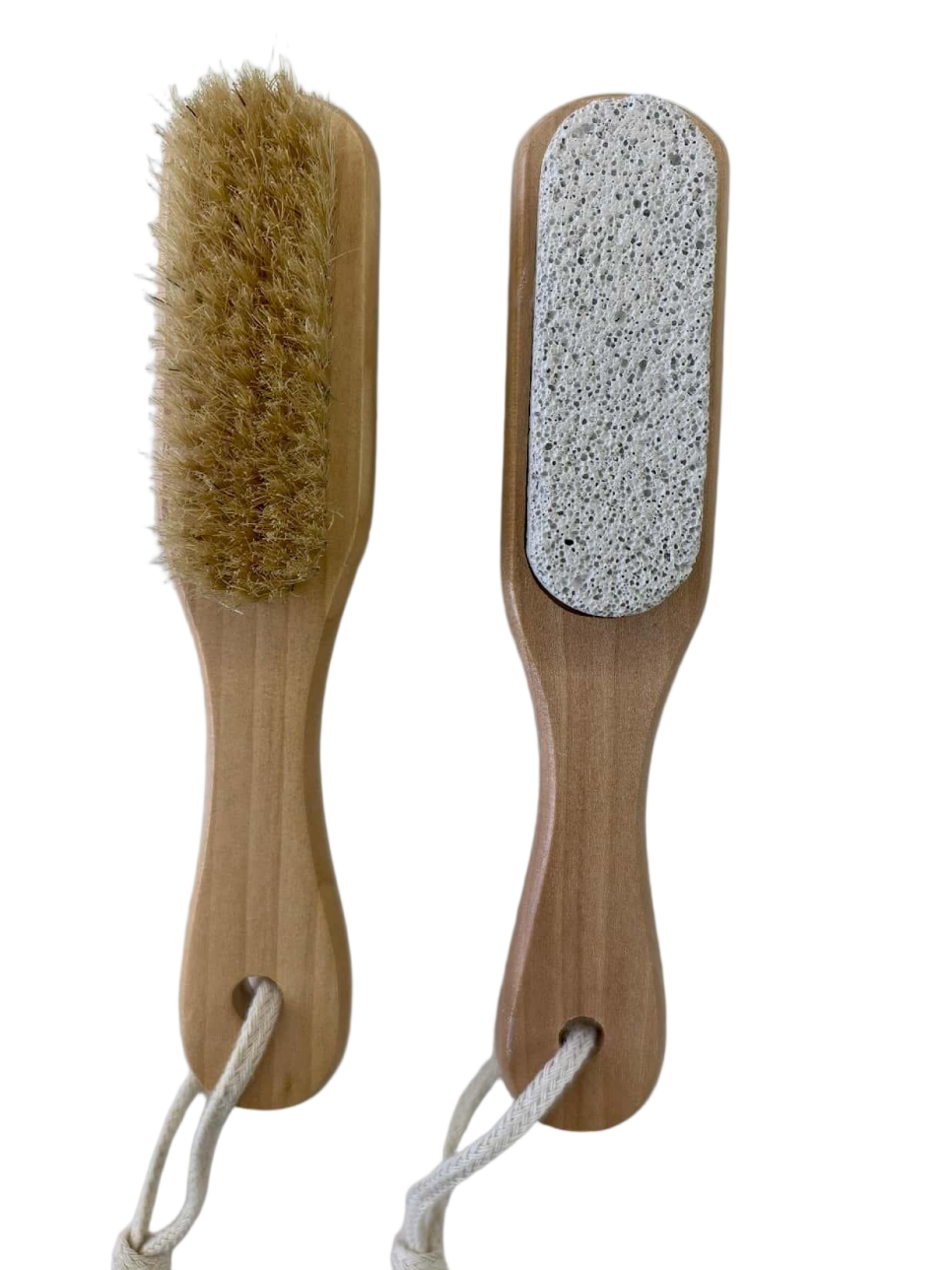
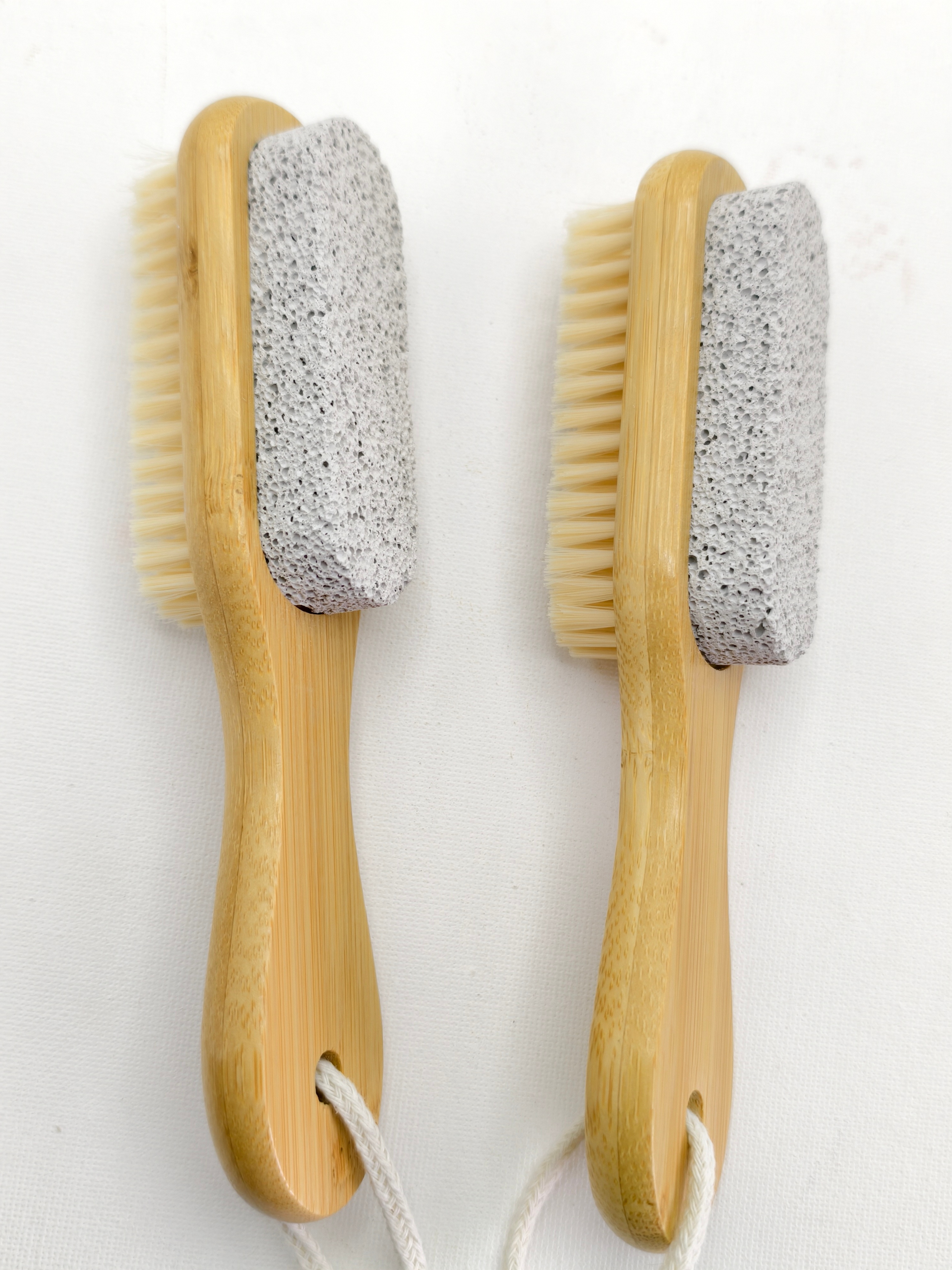
.jpg)
.jpg)





